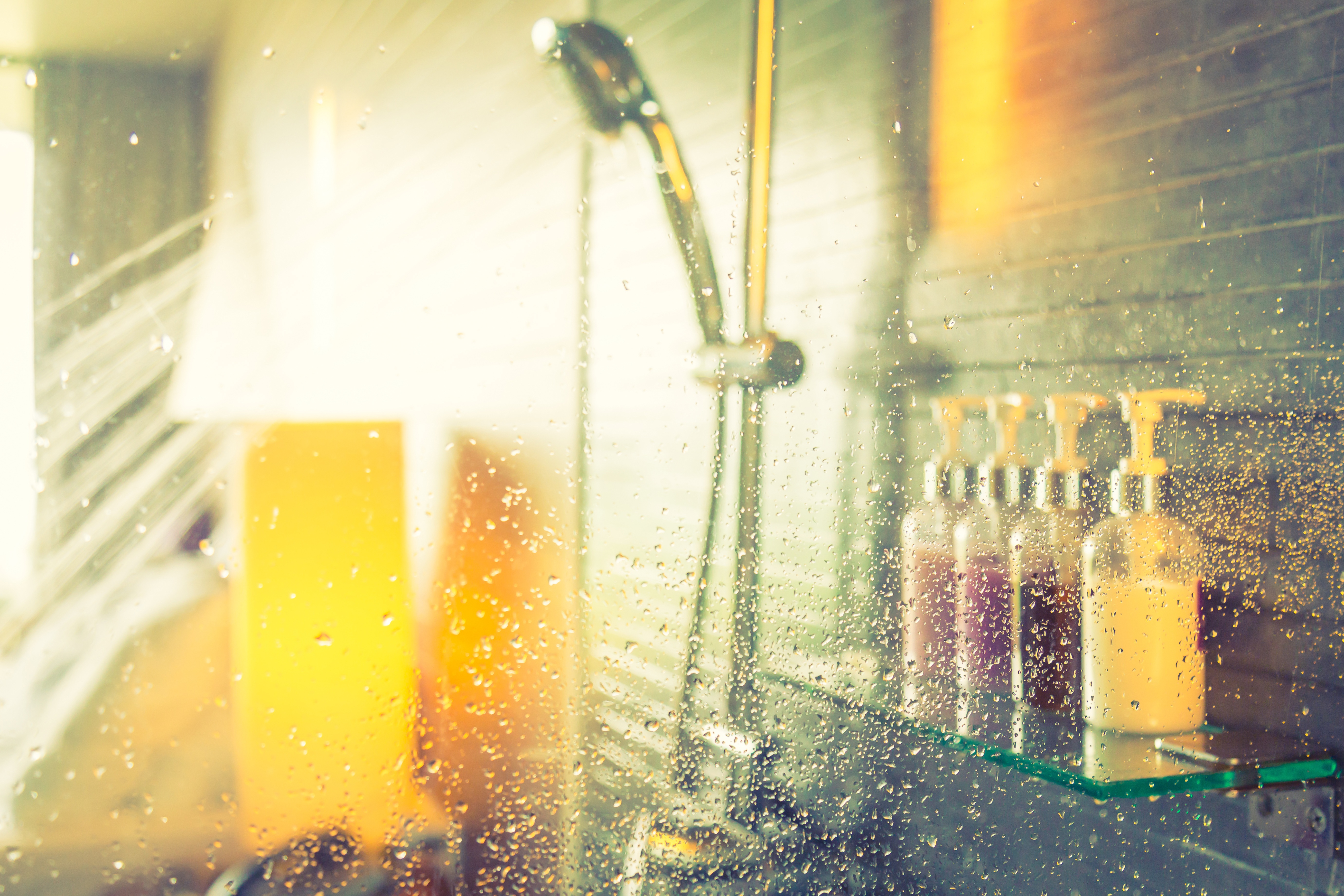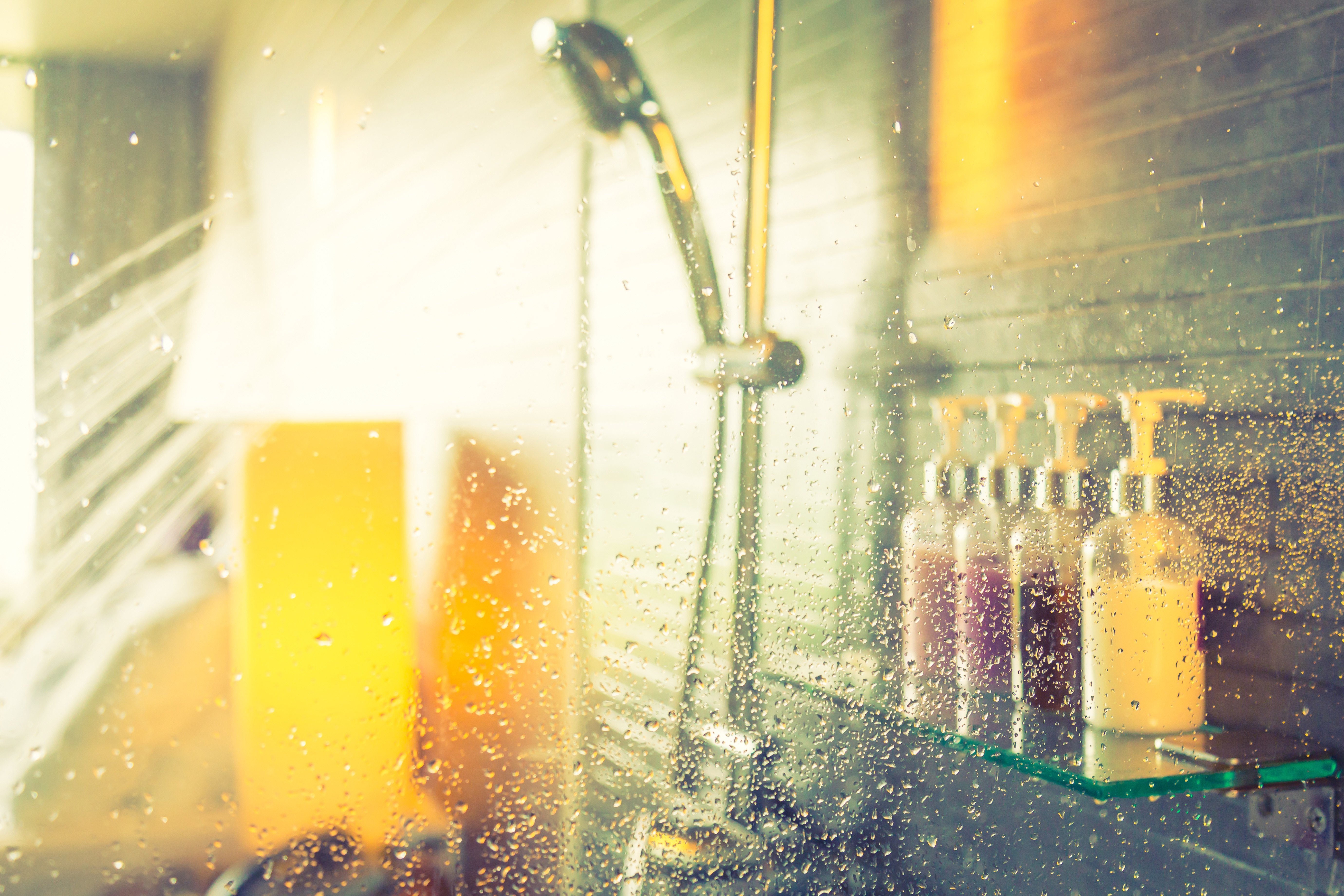
We all know that bathrooms are a veritable breeding ground for all manner of germs given the opportunity; and should the householder (or indeed, employer, hotelier, hospital authority, leisure centre or service provider) choose not to keep on top of hygiene routines to ensure bacteria isn’t afforded that all-important first foothold. However, some clear and present dangers are just that, while others tend to lurk out of sight and conversely go largely unnoticed. Like for example the potent threat served up by legionella, and especially in a less obvious context than we’ve made a habit of reported on previously. One such grey area surrounds that of shower backflow risk.
While we have made it our business to make it your business to be fully aware of the threats posed by the legionella bacteria in relation to water storage facilities we may all frequent (and wherever they present themselves), the subject of shower backflow is an altogether different beast we need to put you in the picture about. It is not at all complex information, on the contrary, as the rules of engagement are very straightforward and easy to adhere to.
So Just What Constitutes a Back Flow Risk in Terms of a Shower?
Essentially, we’re referring to the dangers commonly associated with potential water contamination within the physical realms of our bathrooms (and rest rooms found in various other more commercial context). In more recent years the increasing fashion for compact bathroom layouts – and general design practices – has inadvertently raised the risk of users consuming contaminated drinking water. You see, as architects have wrestled with ways in which to economise the available floor space in both homes and commercial properties, there’s been a proliferation of instances whereby the bath combination tap (complete with shower attachments) has grown closer in proximity to the toilet itself. In these instances – and due to the very nature of the mechanism – shower attachments of this nature are rarely physically restrained, by means of connected to a slider or rail system. Ergo this encourages the hose outlet to – in many cases – be positioned beneath the rim of the WC; hence where problems can play out.
Think of a scenario such as this. Imagine what would happen should the water supply failed. Backflow might feasibly allow contaminated water from the WC to enter the plumbing system; and subsequently be syphoned off further down the line (i.e., the taps) for either drinking or cooking purposes. By a similar token, flexible shower hoses installed adjacent to WCs for personal, more intimate cleaning (and in place of more conventional toilet paper) carry the same level of contamination threat. Faulty installation of these ablutionary showers could also bring about the same result, yet the presence of which is gaining popularity here in the UK, whilst being omnipresent across Europe for years. In the same vein to the existing likes of bidets, douches and toilet bidet seats (and other fittings designed solely for personal cleansing while frequenting the toilet), these hand-held ablutionary showers pose a significant risk that shouldn’t be ignored.
How Is This Risk Factor Recognised in the First Instance?
First and foremost it’s absolutely imperative that EVERY water system should comprise of – and have securely in situ - adequate measures designed to prohibit the backflow of fluids into the water supply from any given appliance, fitment or habitual process. As noted above, hazards presented by ablutionary showers multiply if the installation has been substandard; or in other words, not having the necessary backflow prevention protocols put into place from the get-go. Amongst the more repeated errors encountered are when hose lengths are such that they could, realistically compromise the bidet pan or indeed extend to other contaminated water in a WC, bath or washbasin.
That is why in the UK current legislation not only proposes but also seeks to enforce regulations which specify the following. In terms of physical criteria, the (England and Wales) Water Supply (Water Fittings) Regulations 1999 demand that ‘adequate devices’ must be situated at outlets to counter the effects of backflow. Stressing fluid categories as a pivotal instrument to ascertain severity of latent threats to our health and wellbeing in this particular arena, stringently applied legislative measures insist that such fears – inherent of backflows at any particular outlet - are risk assessed in terms of a sliding scale. The least serious of these being represented as fluid category 1 (or FC1, as in drinking water), and the worst offender being cited as FC5 (referring to fluids which contain faecal microorganisms, as would occur in WC’s).
At a more workable and every day level, anyone arranging to have a legionella risk assessment carried out on their premises (be they domestic or commercial) will quickly discover if any risk is ominous, and thereafter furnished with the route you might go down to eliminate it going forward. In the event of backflow issues arising during an assessment, those responsible for performing the checks will mark their documentation accordingly, and subsequently advise on courses of action to be implemented; dependent on whether they noted a medium or high risk.
So How Do You Propose I Ensure that the Shower Hose doesn’t come into Contact with the Toilet?
Shifting our attentions to the addressing - and proposed elimination - of the lurking menace, and governance dictates that fluid category 5 installations must provide a pre-defined air gap situated between the fitting and any contaminated fluids, such as an ‘interposed cistern’ for example; and generically acknowledged under regulations as a ‘Type AUK1 air gap’. Such assemblages are fixated on discouraging water from the bidet or WC pan from venturing beyond the air gap at the inlet valve in the cistern; and eventually winding its way into the wholesome water supply. Negating to impose these working methodologies in practice could risk contaminated water filtering back into the drinking water supply if the water pressure fluctuates. Suffice to say, this feature is designed to serve no other outlets at a lower level than a bath, for instance.
Meanwhile, efforts should be made to design/re-design bathrooms/rest rooms with taps very much in mind. In as much as bath taps are ideally positioned at the opposite end of the bath from the WC. This favours the convenience of a long hose for practicality, yet conversely diminishes the opportunity for it to reach the toilet. Looking at existing layouts, there are a couple of alternative/additional ways to achieve the same, fundamental goals, like for instance;
- Fit a shower screen between the bath and WC, so the hose isn’t long enough to reach round it, and therefore come into contact with the toilet.
- Facilitate a restraining ring (or clip) to secure the hose to a shower rail/wall, to impede its advances towards the WC. Make sure that it is robust to survive the rigours of daily wear and tear.






